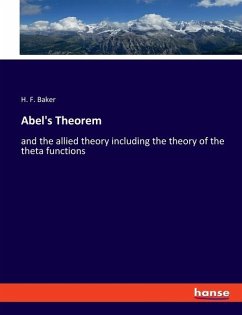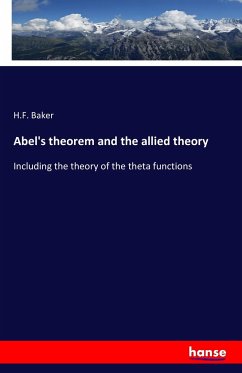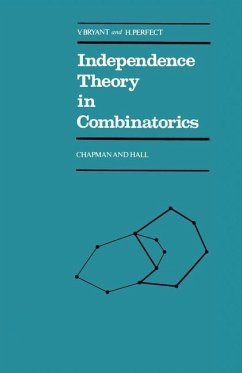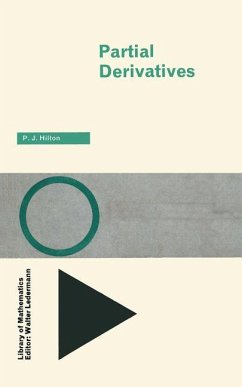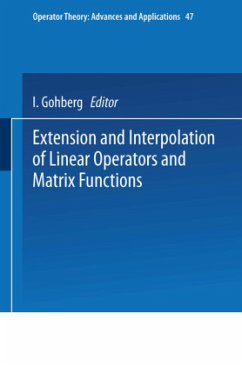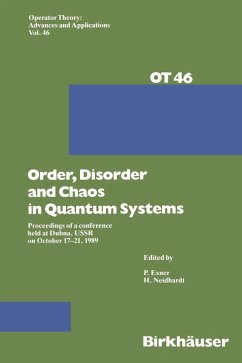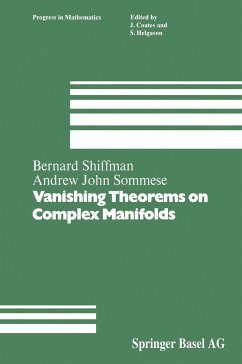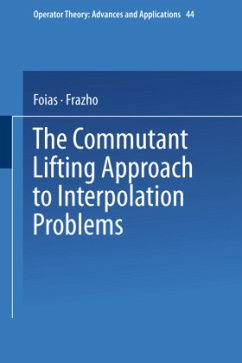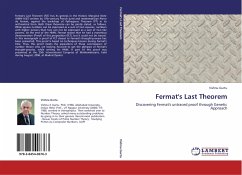
Fermat's Last Theorem
Discovering Fermat's untraced proof through Genetic Approach
Versandkostenfrei!
Versandfertig in 6-10 Tagen
32,99 €
inkl. MwSt.

PAYBACK Punkte
16 °P sammeln!
Fermat's Last Theorem (FLT) has its genesis in the Historic Marginal Note (HMN-1637) written by 17th-century French jurist and mathematician Pierre de Fermat, against the backdrop of Pythagoras Theorem (PT) in its arithmetical form. Both these theorems can be jointly stated, as follows. While square numbers can be expressed as a sum of two squares, numbers with higher powers than two can not be expressed as a sum of two like powers. At the end of the HMN, Fermat stated that he had a marvelous demonstration (Proof) of this proposition (FLT), but it could not be traced. In this monograph a proof...
Fermat's Last Theorem (FLT) has its genesis in the Historic Marginal Note (HMN-1637) written by 17th-century French jurist and mathematician Pierre de Fermat, against the backdrop of Pythagoras Theorem (PT) in its arithmetical form. Both these theorems can be jointly stated, as follows. While square numbers can be expressed as a sum of two squares, numbers with higher powers than two can not be expressed as a sum of two like powers. At the end of the HMN, Fermat stated that he had a marvelous demonstration (Proof) of this proposition (FLT), but it could not be traced. In this monograph a proof of FLT closest to Fermat's thought-process has been presented. This proof is based on techniques known during Fermat's time. Thus, this proof meets the aspirations of those connoisseurs of number theory who are looking forward to get the glimpses of Fermat's thought-process, while writing his HMN. A part of this proof was presented at the 25th International Congress of Mathematicians, held during August, 2006, at Madrid (Spain).




